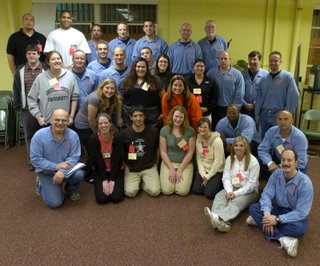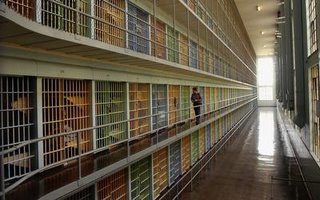 while all of the attention of late has been focused on paris hilton, her on-again, off-again, on-again jail sentence, and questions of celebrity Justice, there will be an important decision in genarlow wilson’s case on june 11th. the judge will decide whether to release him from prison.
while all of the attention of late has been focused on paris hilton, her on-again, off-again, on-again jail sentence, and questions of celebrity Justice, there will be an important decision in genarlow wilson’s case on june 11th. the judge will decide whether to release him from prison.
his case has received extensive and thoughtful media coverage, but if you haven’t heard about it, here’s a summary from the website for his appeal:
Genarlow Wilson sits in prison despite being a good son, a good athlete and high school student with a 3.2 GPA. He never had any criminal trouble. On the day he was to sit for the SAT, at seventeen years old, his life changed forever. He was arrested. In Douglas County he was accused of inappropriate sexual acts at a News Year’s Eve party. A jury acquitted him of the allegation of Rape but convicted him of Aggravated Child Molestation for a voluntary act of oral sex with another teenager. He was 17, and she was 15.
Along with the label “child molester” which will require him throughout his life to be on a sexual offender registry, Genarlow received a sentence of eleven years — a mandatory 10 years in prison and 1 year on probation.
On July 1st, the new Romeo and Juliet law went into effect in Georgia for any other teen that engages in consensual sexual acts. That change in the law means that no teen prosecuted for consensual oral sex could receive more than a 12 months sentence or be required to register as a sex offender.
Had this law been in effect when Genarlow Wilson was arrested, or had been done after the Marcus Dixon case, Genarlow would not now be in jail.
Genarlow and his mother are overjoyed that no one else in Georgia will have to know their pain. In the meantime, however, the legal fight goes on for Genarlow Wilson.
Genarlow has been incarcerated since February 25, 2005.








